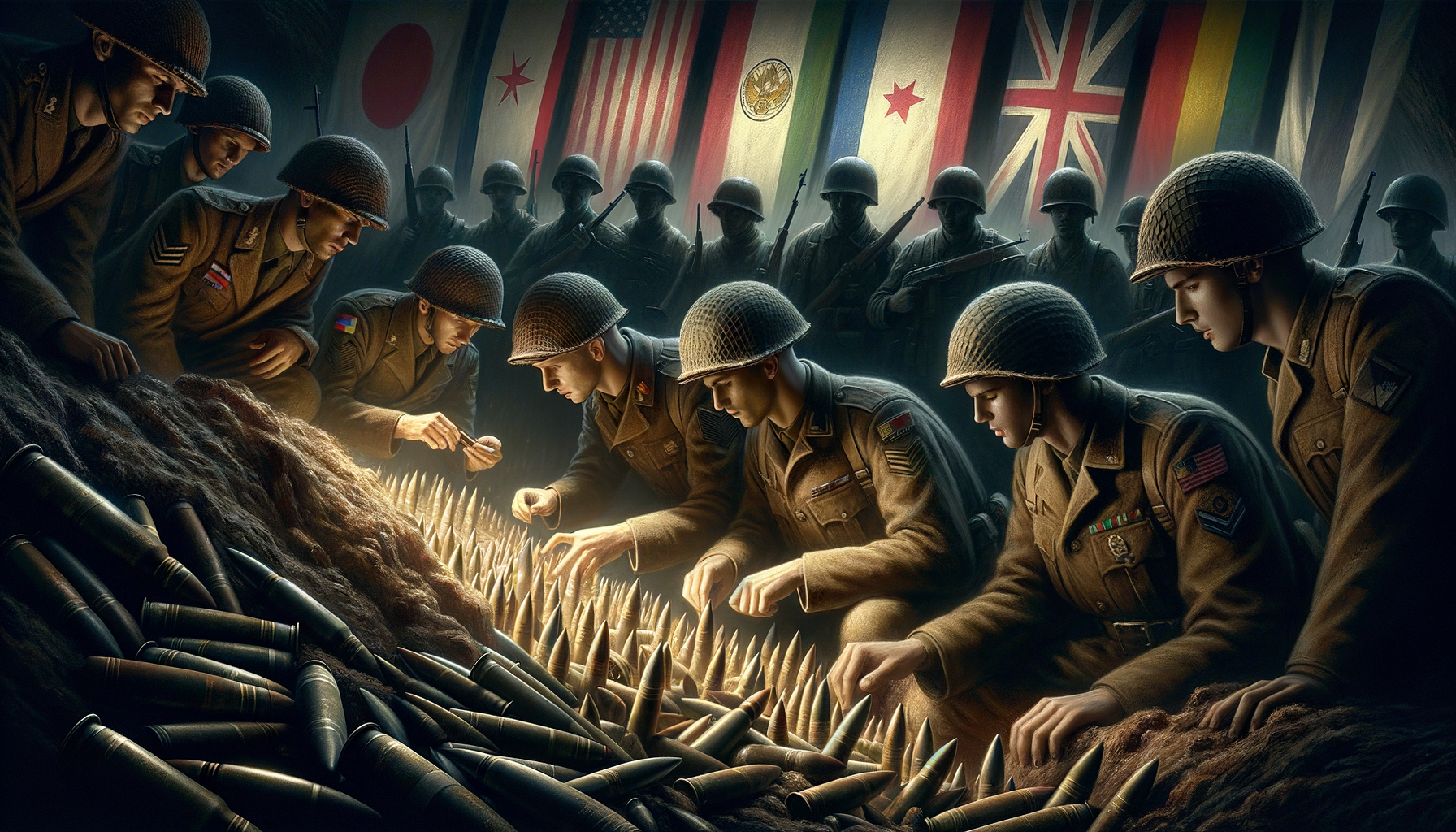CRINK EXPOSED
Yes, the four autocracies can kill—and right now Russia gains the most, while China cashes in quietly.
But forget the Hollywood headline: this is no iron-clad “Axis of Evil,” it is a risky marriage of convenience that could crack at any moment.
The Night 40 % of Russia’s Shells Turned Korean
On a bitter evening last winter, Ukrainian soldiers noticed that the shell fragments littering their trenches no longer bore Russian markings. South-Korean intelligence later traced the shrapnel to North Korea. By July 2025, Pyongyang was believed to supply up to 12 million artillery rounds—about 40 % of everything Moscow fires at the front (Kyiv Independent).
That single data point explains why security analysts now lump China, Russia, Iran and North Korea—“CRINK”—into one breath. It also shows why the West should worry, and why the picture is more complex than the label “new Axis of Evil” suggests.
What We Verified vs. What We Debunked
| Claim from the original teaser | What the evidence says |
|---|---|
| “China, Russia, Iran and North Korea form an alliance.” | Partly true. They cooperate militarily and economically, but there is no formal defence treaty, joint command or mutual-aid clause. Experts call it a loose axis or strategic convergence. |
| “CRINK is deadly.” | True. Iranian drones, North-Korean shells and Chinese dual-use electronics have already killed civilians in Ukraine. |
| “A new Axis of Evil threatens the West.” | Rhetoric, not reality. The four often bicker (China dislikes NK’s nuclear tests; Russia courts Israel) and pursue overlapping, not identical, goals. |
| “Who profits most?” | Depends on the yardstick. • Militarily: Russia—its war machine would gasp without CRINK supplies. • Economically & strategically: China—cheap Russian oil and a distracted West boost Beijing’s ambitions. |
Anatomy of a Loose Axis
1. China & Russia: the “No-Limits” Duo—With Limits
- 4 Feb 2022: Xi Jinping and Vladimir Putin announce a “No Limits Partnership.”
- Trade soars to $240 billion in 2024; Russia now buys 40 % of its imports from China (CFR).
- Missing link: No proof that Beijing ships lethal weapons. Washington accuses China of supplying 90 % of Russia’s micro-electronics; Beijing denies any arms sales.
2. Iran’s Silent Squadrons
- Since August 2022 Moscow has rained Shahed suicide drones on Kyiv, each stamped “Made in Iran.”
- February 2024: at least 400 Fateh-110 ballistic missiles shipped to Russia (CNBC).
- Iran gains combat data and bartered Su-35 jets—but grumbles that Russia stays neutral in Tehran’s feud with Israel.
3. North Korea: The Ammunition Factory
- Besides shells, Pyongyang sent hundreds of Hwasong-11 rockets.
- Payment reportedly arrives as oil, food and satellite tech.
- Kim Jong-un wins field tests for his missiles and rare hard currency.
4. The Missing Treaty
Unlike the WWII Axis, CRINK has no common ideology, binding pact or shared command. Think of it as four neighbors who dislike the same landlord and, for now, swap tools across the fence.
Winners’ Scoreboard
| Category | Biggest Winner | Why |
|---|---|---|
| Battlefield endurance | Russia | Artillery shells, drones and ballistic missiles replenish depleted stockpiles. |
| Cheap energy & strategic space | China | Buys Russian oil at a discount, sells dual-use goods, forces the U.S. to split attention between Europe and Asia. |
| Tech upgrades | Iran & North Korea | Obtain Russian fighter-jet know-how (Iran) and satellite assistance (NK) in return for ammunition. |
| Soft-power optics | None | The collaboration cements each state’s pariah image in Western capitals. |
Where the Axis Shows Cracks
-
Nukes & Nerves
China publicly scolds North Korea’s nuclear tests—bad for regional stability and Beijing’s trade agenda. -
Middle-East Mistrust
Iran wants louder Russian support against Israel; Moscow still phones Jerusalem to discuss Syria. -
Sanctions Fear in Beijing
Xi’s team keeps weapons out of the Russian order book to avoid U.S. secondary sanctions that would sting China’s export economy.
What We Still Don’t Know
-
Are Chinese companies quietly re-exporting lethal drone parts through third countries?
U.S. intelligence hints yes; hard proof is scarce. -
Will Iran, emboldened by Russian dependence, demand sophisticated air-defence systems Moscow once hesitated to deliver?
-
Can Pyongyang’s shell pipeline keep pace as Russia’s consumption reaches 10,000 rounds per day?
These gaps matter. If any single link in the chain snaps—sanctions bite, leadership changes, or divergent wars flare—the “axis” could fray overnight.
Takeaway for the West
- Treat it seriously, not hysterically. The cooperation is already killing Ukrainians, but it is opportunistic, not an indestructible bloc.
- Target the logistics. Disrupt shipping lanes for North-Korean ammo and sanction Iranian drone components.
- Exploit the fissures. Leverage China’s fear of sanctions and its disapproval of North-Korean nukes to drive a wedge.
Bottom Line
CRINK is dangerous because its members trade what the others need most—shells, drones, chips, oil.
Yet the same deal-making nature that makes it lethal also makes it fragile. For now, Russia bleeds Ukraine with foreign ammunition, and China fattens its energy bill. Whether the quartet hardens into a true alliance—or collapses under its own contradictions—depends as much on Western strategy as on the autocrats’ ambitions.
Fact-checking sources embedded above. Unverified points are flagged as open questions. Corrections welcome—this story, like the axis it covers, is still unfolding.
